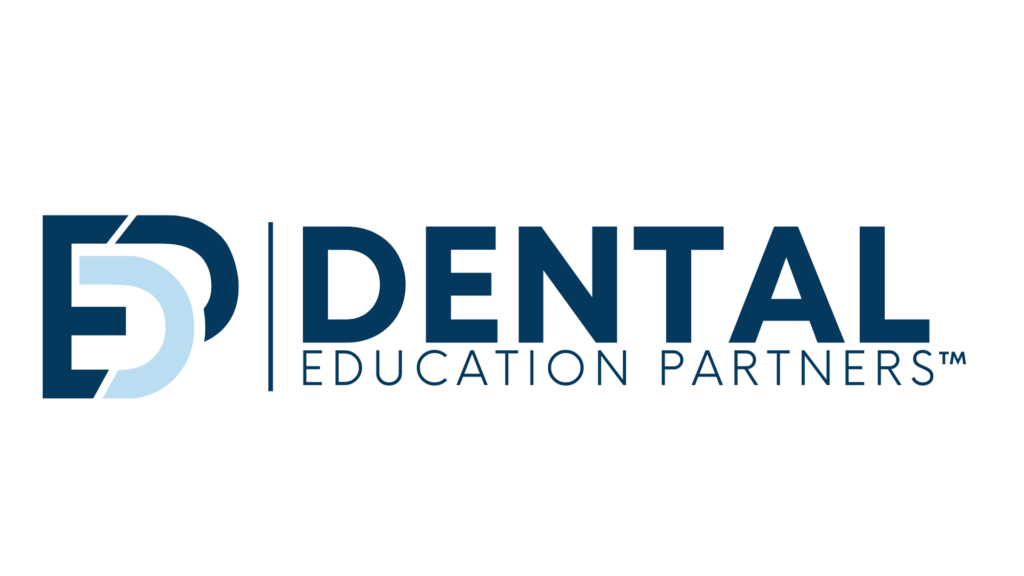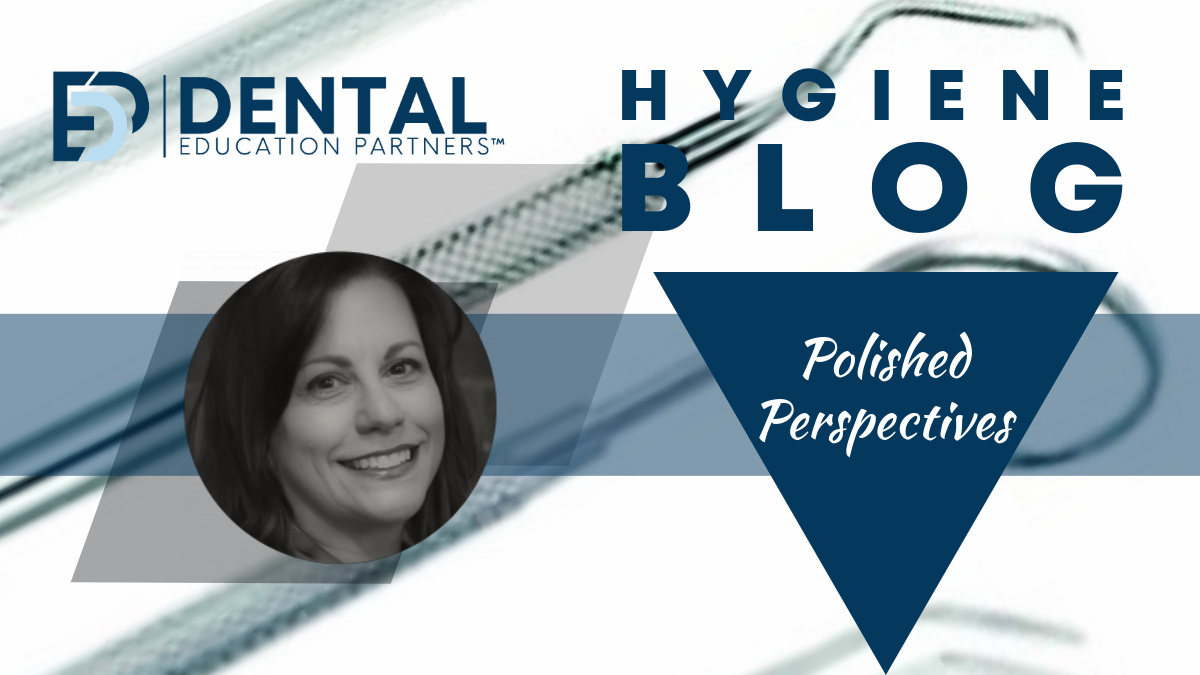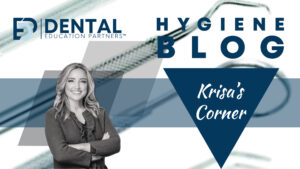For decades, the ritual of donning a heavy lead apron before a dental X-ray was as routine as the sound of the drill. But in 2024, the American Dental Association (ADA) officially updated its guidelines, signaling a major shift in how we think about radiation safety in dentistry.
Why the Change?
The ADA’s expert panel, supported by the FDA and aligned with other professional bodies like the American Academy of Oral and Maxillofacial Radiology, concluded that lead aprons and thyroid collars are no longer necessary for dental X-rays. Here’s why:
Modern digital X-ray machines use highly focused beams and significantly lower radiation doses.
Rectangular collimation restricts the beam to the exact area being imaged, minimizing scatter.
Lead shielding can interfere with image quality, sometimes requiring retakes—ironically increasing exposure.
What About Children and Pregnant Patients?
Surprisingly, the new recommendations apply to all patients, regardless of age, health status, or pregnancy. Studies show that the radiation dose from dental imaging is well below thresholds for any known risk—even for fetuses.
The Science Behind the Shift
Internal scatter radiation—not external exposure—is the primary concern, and lead aprons don’t effectively block it.
Digital radiography reduces radiation by up to 90% compared to older film methods.
Thyroid and breast shielding offer negligible benefit when modern imaging protocols are followed.
Addressing Patient Concerns
Understandably, patients may feel uneasy about this change. Dentists and Dental Hygienists are encouraged to:
- Explain the science and safety behind the new guidelines.
- Offer reassurance, especially to anxious or expectant patients.
- Use prior imaging, when possible, to avoid unnecessary exposure.
Best Practices Moving Forward
Teams should now focus on:
- Ordering X-rays judiciously—only when they improve diagnosis or treatment.
- Using digital imaging and proper patient positioning.
- Adhering to ALARA principles (As Low as Reasonably Achievable) for radiation exposure.
This shift isn’t just about ditching the apron—it’s about embracing smarter, safer, and more efficient dental care. If you’re curious about the full ADA recommendations, you can find them in the Journal of the American Dental Association
Lisa M. Turner, RDH
Dental Hygienist & Contributor


